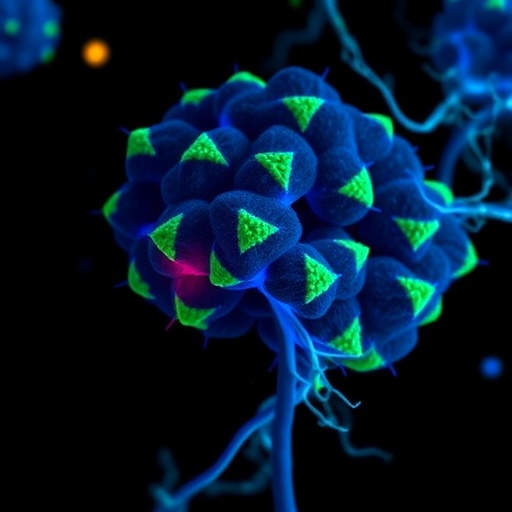This new approach could greatly improve the ability of researchers and physicians to control gene expression, which is the process by which genes give instructions for the production of proteins key to all living cells.
“We can now, with our method, make gene expression reversible, repeatable, tunable, and specific to different regions of a gene,” said Lauren Polstein, a graduate student working in the laboratory of Charles Gersbach, assistant professor of biomedical engineering at Duke’s Pratt School of Engineering. “Current methods of getting genes to express can achieve some of those characteristics, but not all at once.” The new system can also control where the genes are expressed in three dimensions, which becomes especially important for researchers attempting to bioengineer living tissues. “The light-based strategy allows us to regulate gene expression for biotechnology and medical applications, as well as for gaining a better understanding of gene function, interactions between cells, and how tissues develop into particular shapes,” Polstein said.
The results of the Duke experiments were published online in the Journal of the American Chemical Society. The research was supported by a Faculty Early Career Development Award from the National Science Foundation and a Director’s New Innovator Award from the National Institutes of Health. The Duke system, which has been dubbed LITEZ (Light Induced Transcription using Engineered Zinc finger proteins), combines proteins from two diverse sources. The light-sensitive proteins are derived from a common flowering plant (Arabidopsis thaliana). “We hijacked the specific proteins in plants that allows them to sense the length of the day,” Gersbach said. The second protein is in a class of so-called zinc finger proteins, which can be readily engineered to attach to specific regions of a gene. They are ubiquitous in biomedical research. These new fusions of plant and zinc finger proteins are introduced into a colony of human cells growing in a Petri dish. The dish is placed atop a blue LED light display designed and built by Polstein. When the light is turned on, the part of the protein that turns genes on is recruited to whatever gene the researchers have targeted with the zinc finger protein and this gene “lights up.”
“By placing a mask, or stencil over the cells, we can control which cells turn on the gene and which cells do not,” Polstein said. “We can control the expression by turning the light on or off, changing the light’s intensity, or varying the location of light.” As a whimsical example, the researchers created the iconic blue Duke “D” by covering the cells with a “D” mask. “All biological systems depend on gene expression,” Gersbach said. “The challenge facing bioengineering researchers is trying to synthetically recreate processes that occur in nature. “LITEZ is a powerful tool that gives us precise control of gene expression with high resolution in both space and time,” Gersbach said. “It also has the potential to be incorporated into different applications in medicine or industry, including gene therapy, metabolic engineering, synthetic biology, and biopharmaceutical production.”
The researchers are now refining their approach to create complex tissues by controlling cell differentiation, as well as the morphology, or shape, of the tissues that these cells make. Note to editors: Charles Gersbach can be reached at (919) 684-1129 or [email protected]. Lauren Polstein can be reached at (919) 688-9100 or [email protected]. A photograph of the researchers is available, as well as an example of the gene expression.




